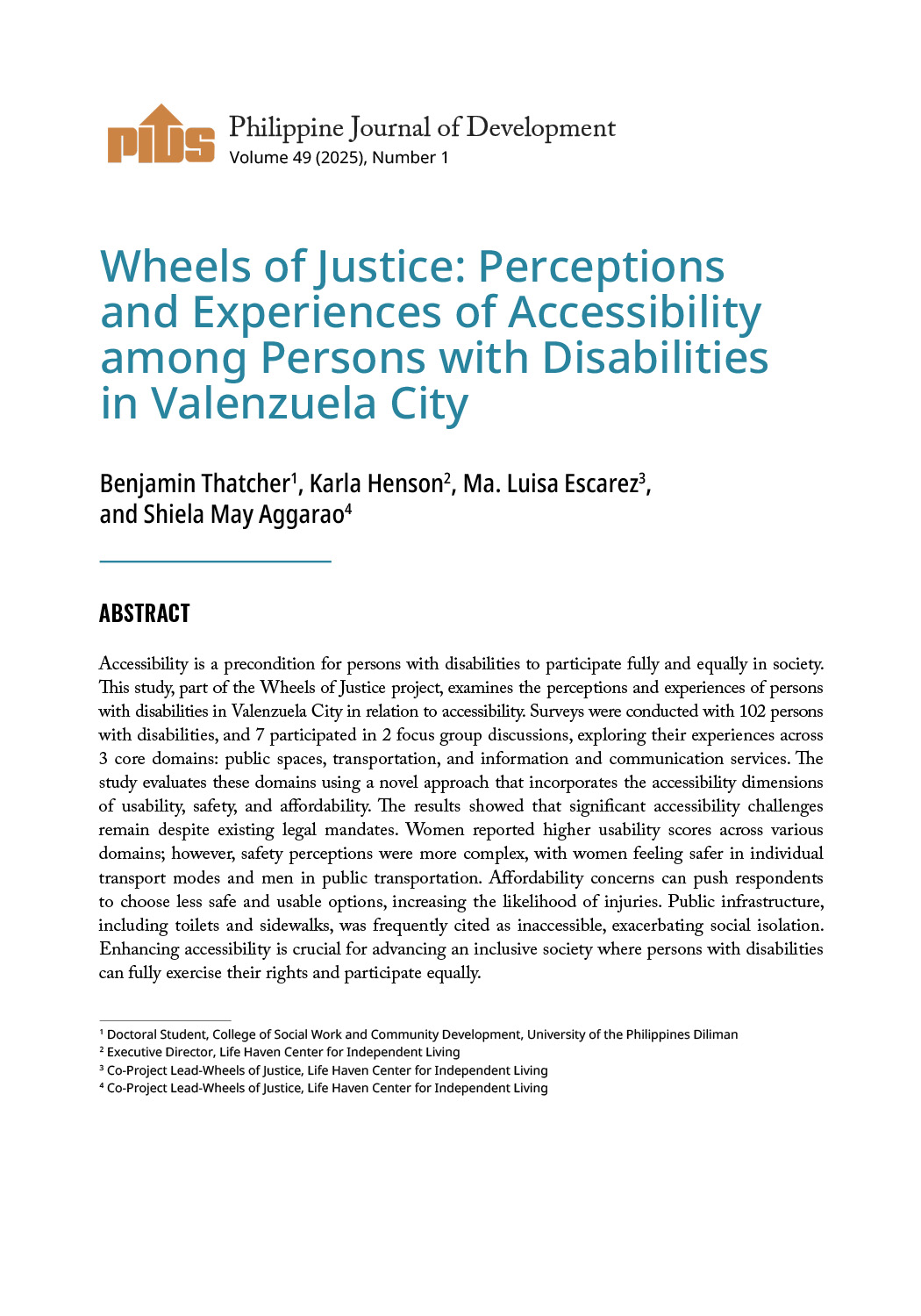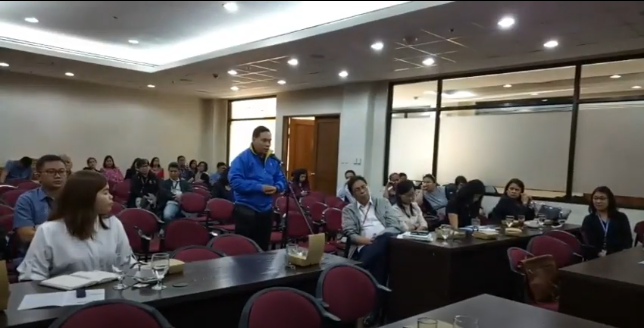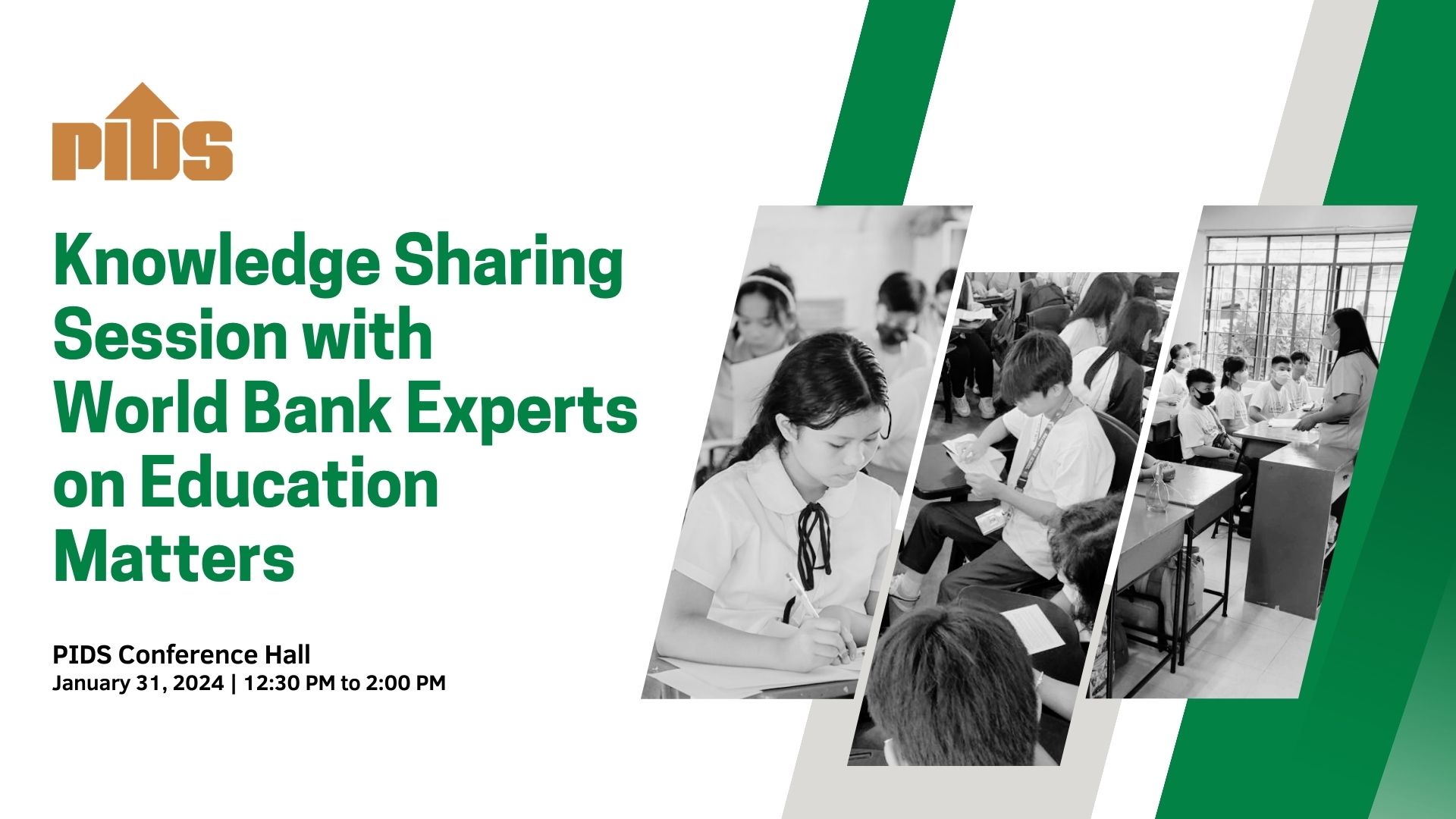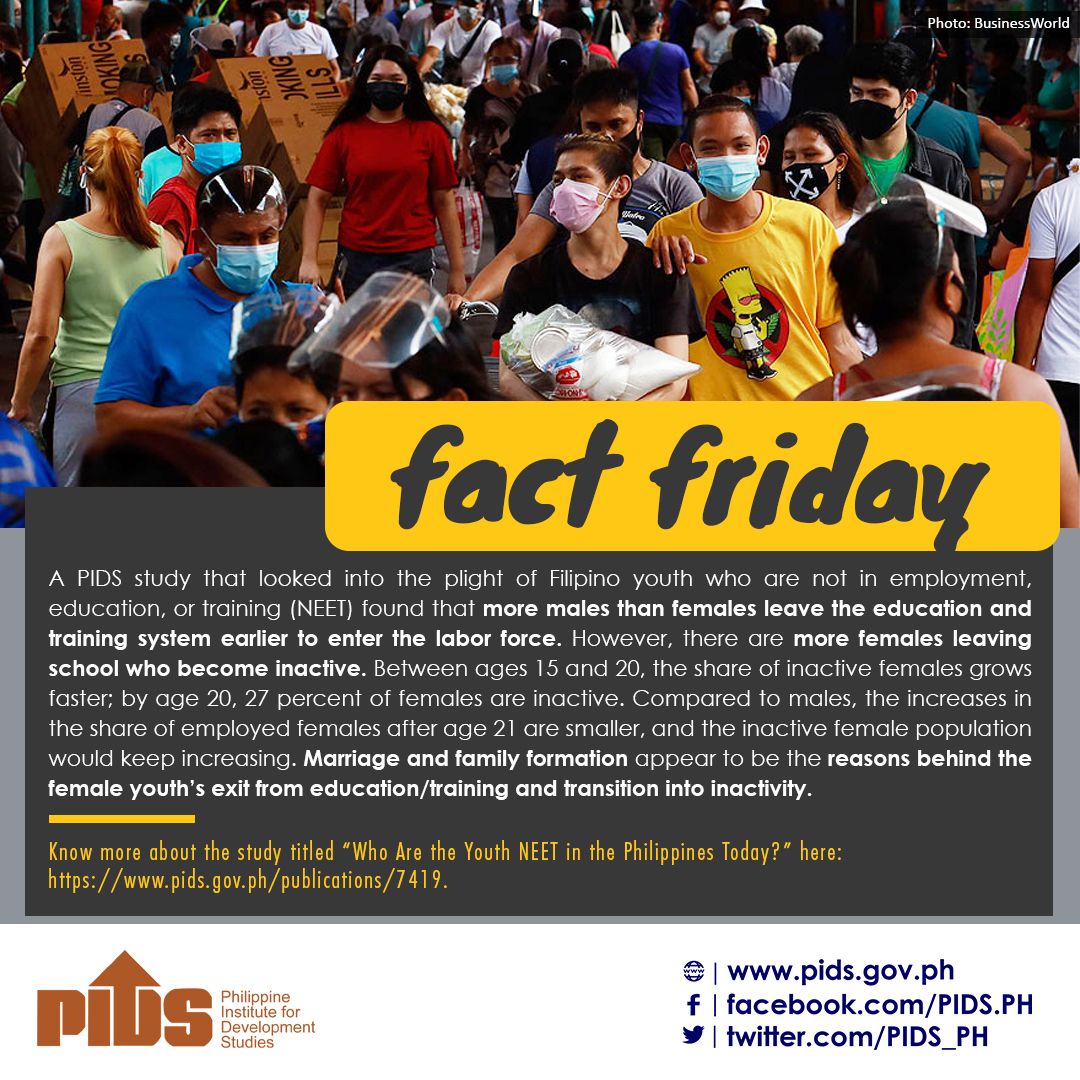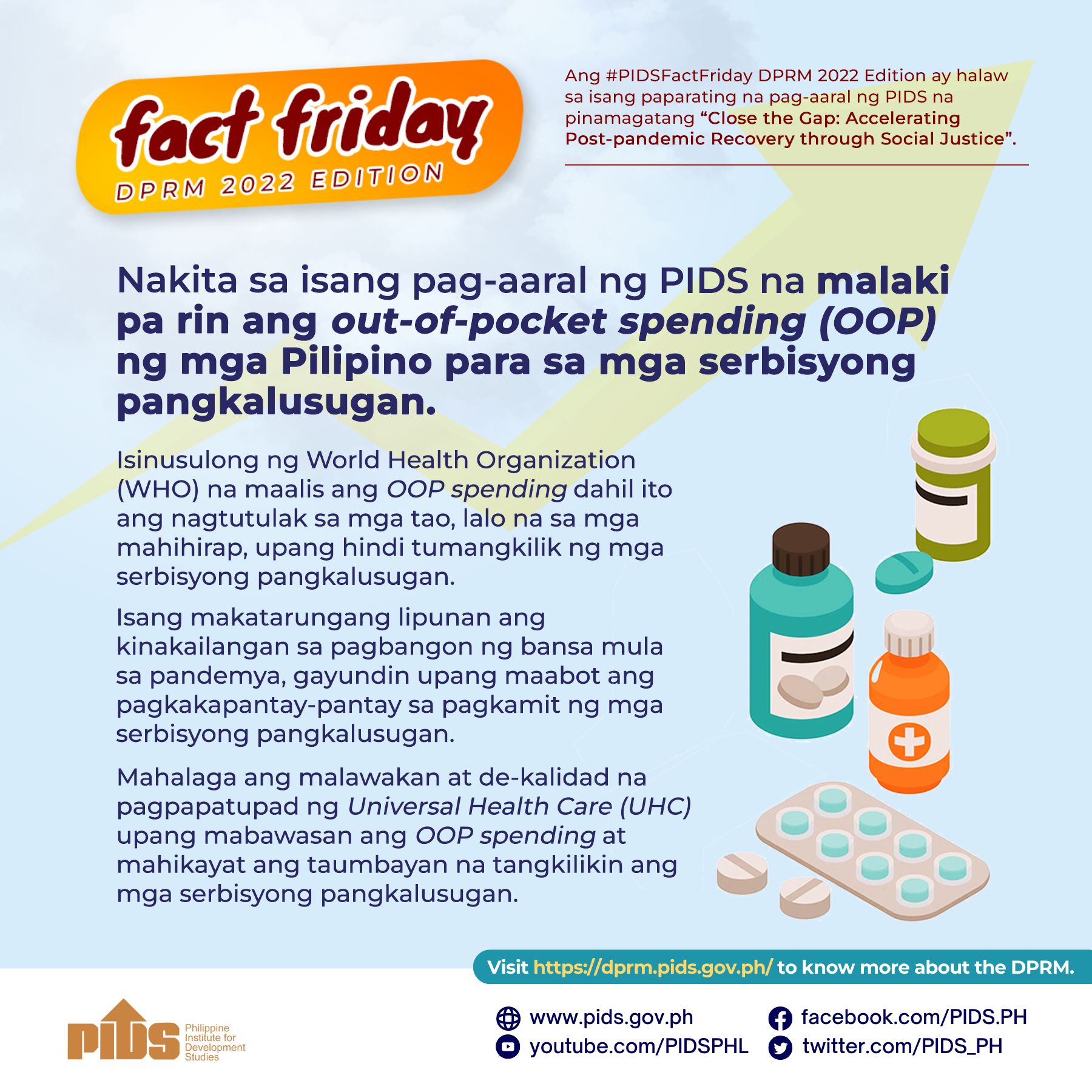DESPITE the high level of growth being experienced by developing member-countries (DMCs), including the Philippines, experts believe the Asian Development Bank (ADB) can do more to address the “stark inequalities” in the region.
As the Manila-based multilateral development bank turns 51 years old this year, experts from DMCs weighed in on the areas that the ADB should focus on in its next 50 years of existence.
Former dean of the University of the Philippines School of Labor and Industrial Relations (SOLAIR) Rene Ofreneo said that, apart from infrastructure financing, the ADB should also consider three areas of focus—addressing income inequality, institution building and making the Sustainable Development Goals (SDGs) work.
“The ADB has been producing these reports on persistent inequality in Asia, and the Philippines happens to have the most consistent lack of improvement in the Gini coefficient compared to other countries. But Asia-wide, it remains a big problem,” Ofreneo told the BusinessMirror. “Aside from exposing, or outlining, that level of inequality, the ADB should come up with programs that can help reduce it. This means we have to go back to the issue of trade rules, go back to the issue of social and economic reforms, taxation, which are issues not only of opportunity but access and also dealing with the marginalized, the poor,” he added. This also means financing projects that boost institutional building, particularly in light of disruptive technologies, as well as turning the SDGs into reality.
Ofreneo said the ADB should assist in bringing in more lessons from Japan, particularly when it comes to institutional reforms and partnerships. This includes capacity building efforts.
Philippine Institute for Development Studies Senior Research Fellow Jose Ramon Albert agreed that capacity building is one important area in institution building.
Albert said capacity building is for individuals who run institutions. This means financing projects that are geared toward improving educational systems and helping them cope with the demands of the work place, including changes introduced by disruptive technologies. “Look at the whole ODA [official development assistance], how much of it is about capacity development? Much is always given to infrastructure. While that’s important, we also need to pay attention to human issues,” he said.
Financing skills training and education are also among the priority areas that University of Asia and the Pacific School of Economics Dean Cid Terosa recommended that ADB also focus on.
Terosa said ADB should contribute to reforms that can improve “formal and informal education,” with particular focus on family participation and civic consciousness.
He added there is a need to help DMCs like the Philippines develop “inclusive businesses and productive entrepreneurship” that will not only address inequality but also address sustainability concerns. Ofreneo said sustainability focuses on three areas—environment, economy and social—and these are threshed out in the SDGs.
Local experts agree that the SDGs are very ambitious compared to the Millennium Development Goals (MDGs) not only because it has more goals but also because aims to end centuries old issues, such as poverty and hunger by 2030. “In the Asia-Pacific context, how does the ADB plan to translate the SDGs and how do you scale up from MDGs to SDGs?” Ofreneo said. “The issue is how to get there.”
Terosa said ADB’s SDG financing should focus on food, energy and water concerns since these are very basic needs but gaps continue.
In terms of SDG monitoring, Albert said there is a need for the ADB to help countries address data gaps not only for SDG monitoring and achievement, but also for general development concerns. However, Ateneo Center for Economic Research and Development Director Alvin P. Ang said there is no infrastructure bias in terms of the financing extended by the ADB to DMCs.
One possible reason for the seeming infrastructure bias of ADB, Ang said, was because infrastructure projects require more funding and, therefore, more resources are allocated to these. As such, ADB’s assistance is balanced and that there is only one way to go for ADB financing and that is to stay the course.
The ADB Board of Governors will hold its 51st annual meeting in its headquarters in Manila from May 3 to 6. “Linking people and economies for inclusive development” is the theme of this year’s ADB meeting.
The Philippines’s total debts to the Asian Development Bank increased by 9 percent last year, according to the annual report of the Manila-based multilateral development bank.
In the report, the Philippines’s total debts for projects it financed through loans from ADB’s Ordinary Capital Resources increased to $7.75 billion in 2017, from $7.11 billion in 2016.
The Philippines is now considered ADB’s seventh-largest borrower out of the 40 countries that obtained loans from the Manila-based multilateral in 2017.
Annual operations of the ADB rose by 26 percent to a record $32.2 billion in 2017, according to the Annual Report. ADB’s total operations of $32.2 billion last year consisted of $20.1 billion in loans, grants and investments from its own resources, which was 51 percent higher and nonsovereign operations of $2.3 billion, a 31-percent increase from 2016.
Total operations also included $11.9 billion in cofinancing from bilateral and multilateral agencies and other financing partners and $201 million in technical assistance, an 11-percent increase from 2016.


